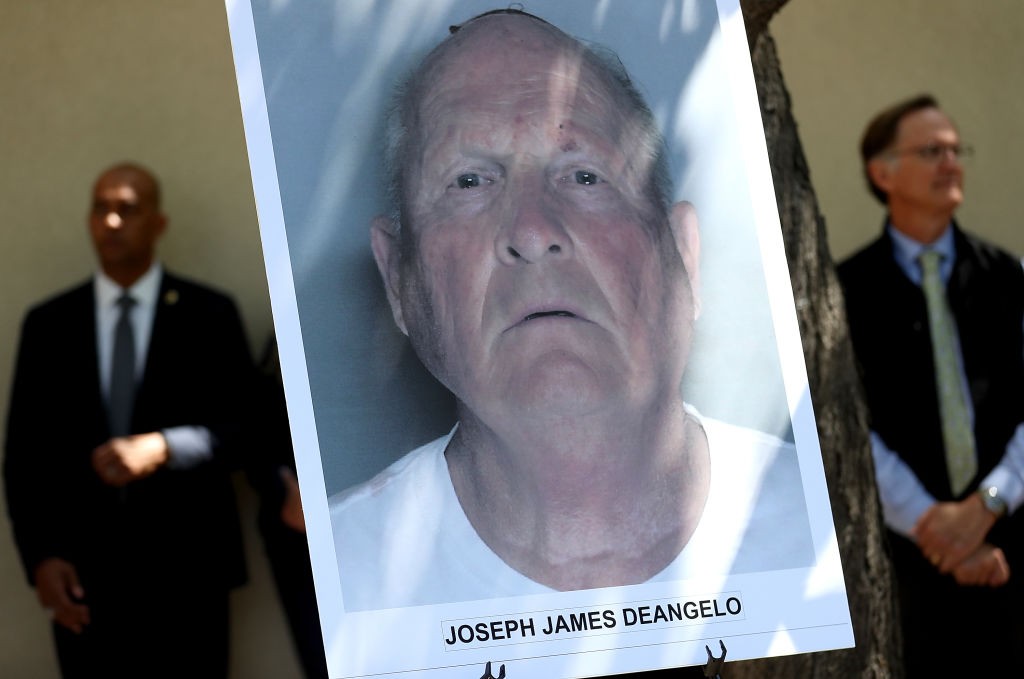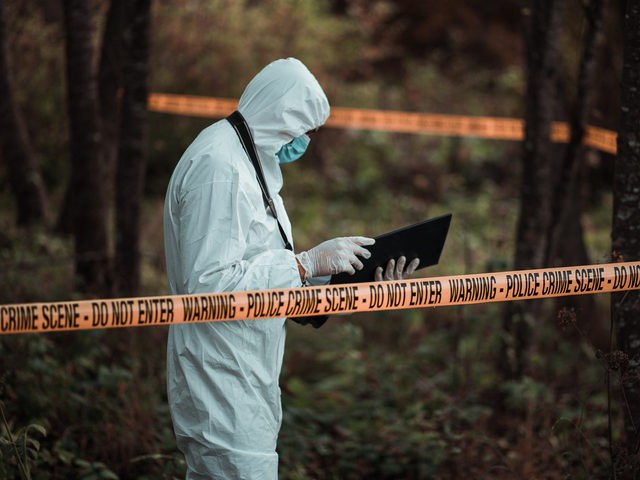Cold case expert Paul Holes, who played an instrumental role in identifying Joseph James DeAngelo, better known as the “Golden State Killer,” said there could be as many as 2,000 bloodthirsty serial killers living in the United States.
“I’ve seen statistics that some two thousand serial killers are operating in the United States today,” Holes wrote in his new book Unmasked: My Life Solving America’s Cold Cases, the New York Post reported.
Holes, who Los Angeles Magazine notes served as a forensics chief in California’s Contra Costa County, told the Post that the number is “realistic,” though it is an approximation.
Holes explained that serial killers tend to prey on those who are on the fringes of society, including homeless individuals, drug addicts, and prostitutes. The former forensics chief said killers target such people, considering that they often fall out of communication with family, who may be accustomed to them disappearing for long periods.
“Often these predators are preying on people whose lives have spiraled down, so when they go missing, no one is really paying attention,” he told the Post. “Killers are hiding behind the opioid crisis.”
Holes went on to detail that murderers use the crisis as a camouflage, as less violence is required to strangle someone high on opioids as opposed to a sober victim. Pathologists may attribute the cause of death to drug use, not noticing a small bruise around a victim’s neck, or another subtle indicator that foul play was involved due to less violence being used, Holes said.
He referenced Samuel Little, a serial killer who admittedly strangled 93 women over four decades, according to the Post. Little would demand his victims swallow while choking them, which subdued the physical evidence to their bodies and made investigative efforts more difficult for experts, Holes explained.
The former forensics chief went on to chronicle the differences in how serial killers operate today as opposed to four to five decades ago.

SACRAMENTO, CA – APRIL 25: A photo of accused rapist and killer Joseph James DeAngelo is displayed during a news conference on April 25, 2018, in Sacramento, California. Paul Holes helped identify DeAngelo, better known as the “Golden State Killer.”(Justin Sullivan/Getty Images)
Holes explained that while in the 1970s, a predator may have forced entry into someone’s home to commit a murder or targeted a hitchhiker, surveillance systems and other public safety efforts have deterred them from such brazen murders. Instead, they attempt to meet individuals, such as prostitutes, online and get them alone.
Holes used “genetic genealogy” and DNA mapping to help identify DeAngelo as the “Golden State Killer,” leading to his 2018 arrest, according to the Post and L.A. Magazine. DeAngelo pleaded guilty to 13 murders and 13 rape-related charges in June 2020 and was sentenced to life in prison without parole in August 2020, NPR reported.

COMMENTS
Please let us know if you're having issues with commenting.